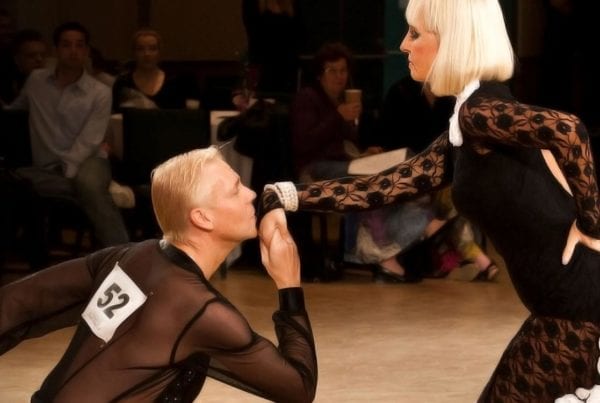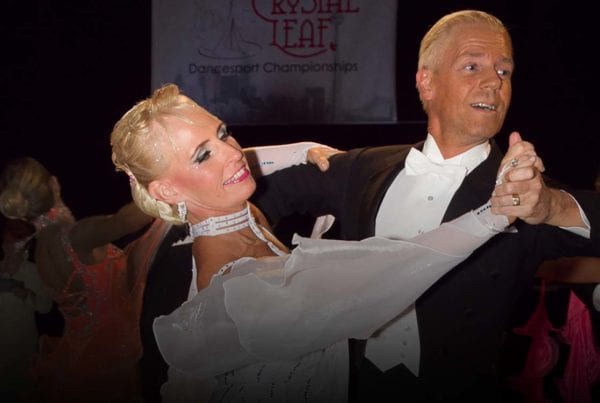Human beings have a remarkable distinction from other mammals, and it has to do with how our brains are (or, more accurately, aren’t) pre-wired from birth. Those who study the brain often point out how animals are born with their instincts and behaviors wired to go. Baby animals can often run within minutes of birth. Human babies are born as helpless as it is possible to be. Yet this difference is a critical part of our ability to adapt and learn.
Humans are born with very little pre-wiring, open to learning which happens through exposure to our environment. This makes us flexible, versatile, able to readily learn new things. Millions of new synapses form in the brains of an infant every second, and as we age our brain continues to be fully capable of learning new things. We continue to grow additional pathways for memory our entire lives.
As we learn, the human brain creates unconscious subroutines. Practicing new skills lines the paths of our synapses with a kind of electrical lubricant that help us remember more efficiently. This is what we usually refer to as “muscle memory.” It isn’t really ‘muscle’ memory because muscles don’t have memory. Instead, it is the process of building new subconscious pathways in the brain.
When you first learn a new activity, you do so consciously. As a result, you are slow and inefficient. Unconscious subroutines are just the opposite, fast and efficient.
Where things get really interesting is that many learned activities, once they become part of your unconscious wiring, can no longer be accessed by your conscious mind. A simple example is that if you were to try to consciously move your lips and tongue to form each sound you make when you say a sentence, you’d find it quite difficult and might not be able to speak that sentence at all.
This means that when you’re really great at an activity — like dancing — you perform better if you don’t consciously think about it. This is useful for dancers to understand.
When you first learn a new activity, you do so consciously. As a result, you are slow and inefficient. Unconscious subroutines are the opposite, fast and efficient.
We spend so much of our time as dancers consciously applying what we continually learn. But it is absolutely vital to let go of that conscious thinking and allow the subconscious knowledge we already have in place to do what it already knows how to do.
When we teach students, dance teachers like to say, “when the music comes on, just forget about the technique and dance what you already know.” It sounds so simple to teachers but can be quite challenging for students to actually do, especially in the early stages of learning dance.
This is one reason why we focus on getting competitors to gradually work their way through the skill levels, and why it’s so important to avoid jumping into open-level routines too soon, as so many competitors want to do. As you master the skills at each level, your subconscious can do what it has learned without you thinking about it. That means those Bronze-level steps are going to be great when you do your Silver routine because you don’t have to think about them anymore. The same happens with Silver steps as you work on your Gold routine and so on. By the time you get to Open level your subconscious already has a good grasp of those basic steps and you can work on the variations and additional styling.
Whether you’re a social dancer or competitor, don’t rush past those initial skill levels. Take your time and enjoy the journey. You’ll dance better when your subconscious is given the chance to go to work without interference.














